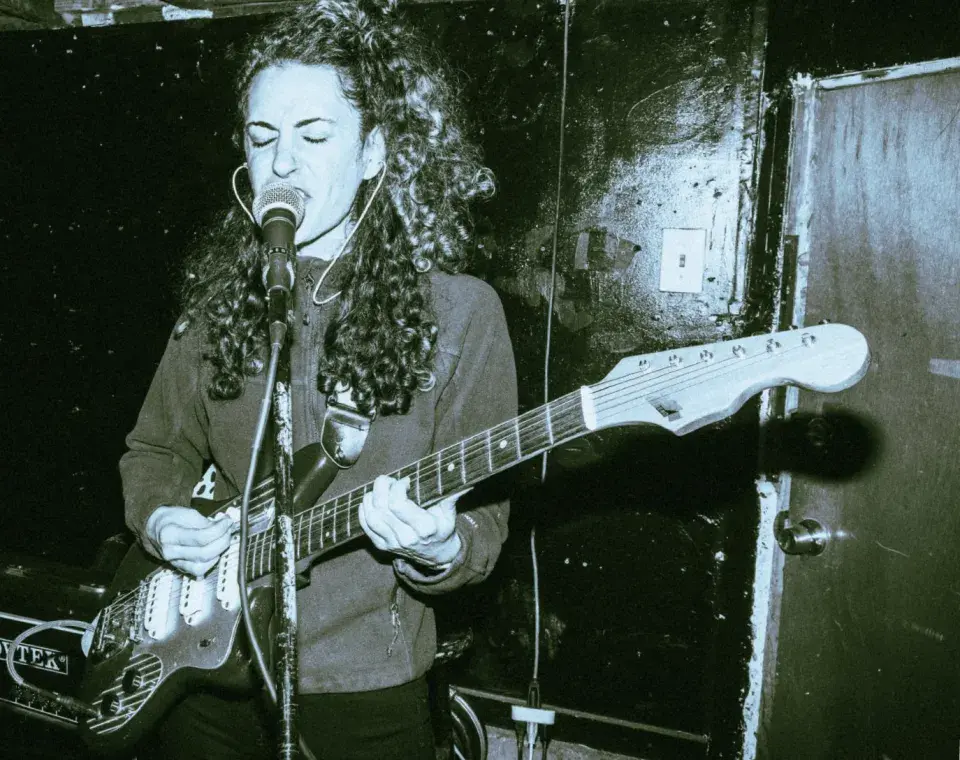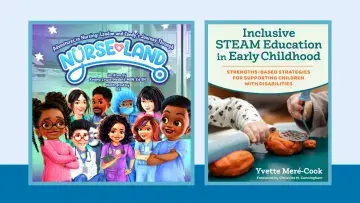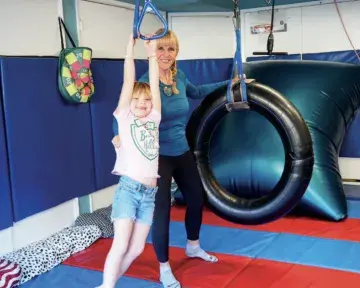On an Alternative Path: The Surprising Possibilities of Occupational Therapy

Occupational therapy is a fast-growing, in-demand field, but what exactly do OTs do? In a general sense, OTs work with patients of all ages to gain or regain independence so they can do the things that matter most to them. In many cases, that includes getting dressed, eating, playing sports, learning, or even using technology. But the specific application of OT can vary widely, and the capstone research projects of doctoral OT students at SMU showcase the breadth of directions in which they’ll take their careers. From clinical innovation to community health and beyond, their work illustrates just how expansive — and impactful — the field of OT can be. Take a peek at a few of the 31 capstone projects presented this spring.
Rebs Redman, OTD ’25, drew on both her personal experience of scream-singing in a hardcore band and her interest in pelvic health. “There was always a lot of talk about pelvic floor symptoms within the community, in the tour van, even on stage,” says Redman, who used to be in the band Coherence. “I was curious how patients perceive their symptoms, whether they are concerned by them or write them off as an unfortunate part of life, and how it affects their participation in activities that are important to them.”
Redman interviewed 19 singers across four countries for her qualitative study. She wanted to better understand these musicians’ experiences and highlight the need for further research on their pelvic floor issues. In OT terms, that includes concerns ranging from toileting to sexual activity to exercise. All can lead to mental health considerations, such as shame and isolation. “I was a bit surprised to find that symptoms involving urine leakage were largely normalized and almost seen as a nonissue,” Redman says. “I was not surprised to find that sexual symptoms were so common, but they seemed to cause the most suffering.”
Redman plans to work in pelvic health OT with a focus on queer and trans patients. The research project, she says, helped refine her specific knowledge and better prepare her for this specialty practice area.
For her capstone project, Alessandra Velasquez, OTD ’25, created a resource binder for caregivers of infants in the neonatal intensive care unit (NICU) at Washington Health in Fremont, supporting them with feeding and development after discharge. Her work impressed the NICU staff so much that she was offered a job there.
Maria Morales, OTD ’25, headed to Santiago Atitlan, Guatemala, for her project. There she focused on cultural humility within OT, partnering with a local nonprofit. Morales worked with the indigenous population in Santiago Atitlan to study how integrating traditional healing approaches into OT can produce more meaningful, client-centered outcomes. “Whether in Guatemala or California, daily routines such as waking up, getting dressed, eating, and taking care of personal needs are fundamentally the same, even if the timing and context differ,” Morales says. “Recognizing our shared humanity opens the door to mutual learning through collaboration, problem-solving, and empathy.”


